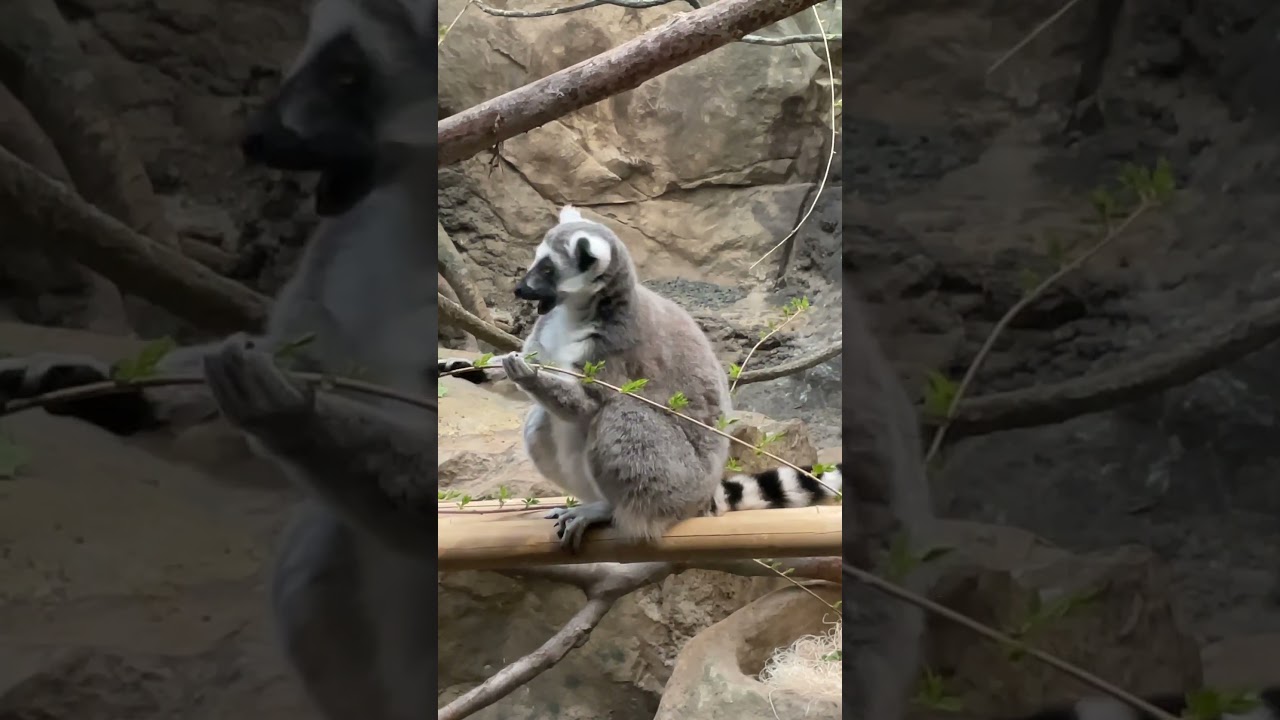– The role of natural feeding behavior in enhancing zoo animal welfare
– The nutritional and psychological benefits of including blossoms in animal diets
– Strategies for incorporating blossom-based enrichment in zoo management practices
– The impact of dietary enrichment on endangered species conservation efforts
– Collaborations between zoos and botanical gardens for biodiversity conservation
—
Feeding behaviors are critical in animal welfare, especially within zoological settings. By mimicking animals’ natural foraging activities in the wild, zoos can significantly enhance their inhabitants’ overall health and well-being. Incorporating blossoms into animal diets has emerged as an effective and stimulating practice among various enrichment strategies. This approach satisfies nutritional needs and engages animals mentally, promoting natural foraging behaviors and reducing stress levels.
Blossoms, with their varied textures, flavors, and scents, provide a multifaceted sensory experience. When animals encounter these edible flowers, they are encouraged to explore and manipulate their food, similar to foraging behaviors observed in their natural habitats. This dietary enrichment supports physical health by offering a rich source of vitamins, antioxidants, and fiber, contributing to a balanced and diversified diet. Simultaneously, the cognitive engagement involved in handling and consuming blossoms aids in mental stimulation, addressing the psychological needs of animals in captivity.
Implementing blossom-based enrichment in zoo management requires a thoughtful approach. Zoos must identify suitable, non-toxic flowers that align with each species’ dietary requirements and natural preferences. Collaboration with botanists and nutritionists is essential to ensure the safety and nutritional adequacy of the flowers selected for enrichment purposes. Furthermore, providing blossoms that encourage natural foraging patterns—such as scattering them across enclosures or hiding them within feeding puzzles—can enhance the enriching effects of this practice.
The inclusion of floral elements in captive animals’ diets also plays a role in conservation efforts, particularly for endangered species. By replicating wild dietary habits closely, zoos can better prepare animals for potential reintroduction into their natural habitats. Such practices contribute to the broader goal of wildlife conservation by fostering healthier, behaviorally competent animals capable of surviving and thriving in the wild. Additionally, the aesthetic appeal of blossoms can enhance visitor experiences, raising public awareness and support for conservation programs.
Collaborations between zoos and botanical gardens have tremendous potential for advancing biodiversity conservation. Through these partnerships, zoos can access a wider variety of edible blossoms, while botanical gardens benefit from increased public engagement and opportunities to educate visitors about plant conservation. These collaborative efforts can lead to more sustainable cultivation practices for both animal feed and human consumption, emphasizing the interdependence of plant and animal biodiversity.
In summary, blossoms make for tasty enrichment and are valuable in enhancing animal welfare, enriching dietary practices, and promoting conservation efforts within zoological institutions. By integrating natural feeding behaviors through blossoms, zoos not only support their animals’ physical and mental health but also contribute to the broader goals of wildlife conservation and biodiversity protection. Through careful selection and application of blossoms in animal diets and by fostering collaborations with botanical experts, zoos can continue to advance their mission of conserving our planet’s remarkable biodiversity.
*****
Source Description
Ring-tailed lemur diets vary depending on the season, from leaves and bark to insects and small vertebrates. Springtime means fresh flowers are on the menu! #lemurs #springtimevibes #franklinparkzoo


